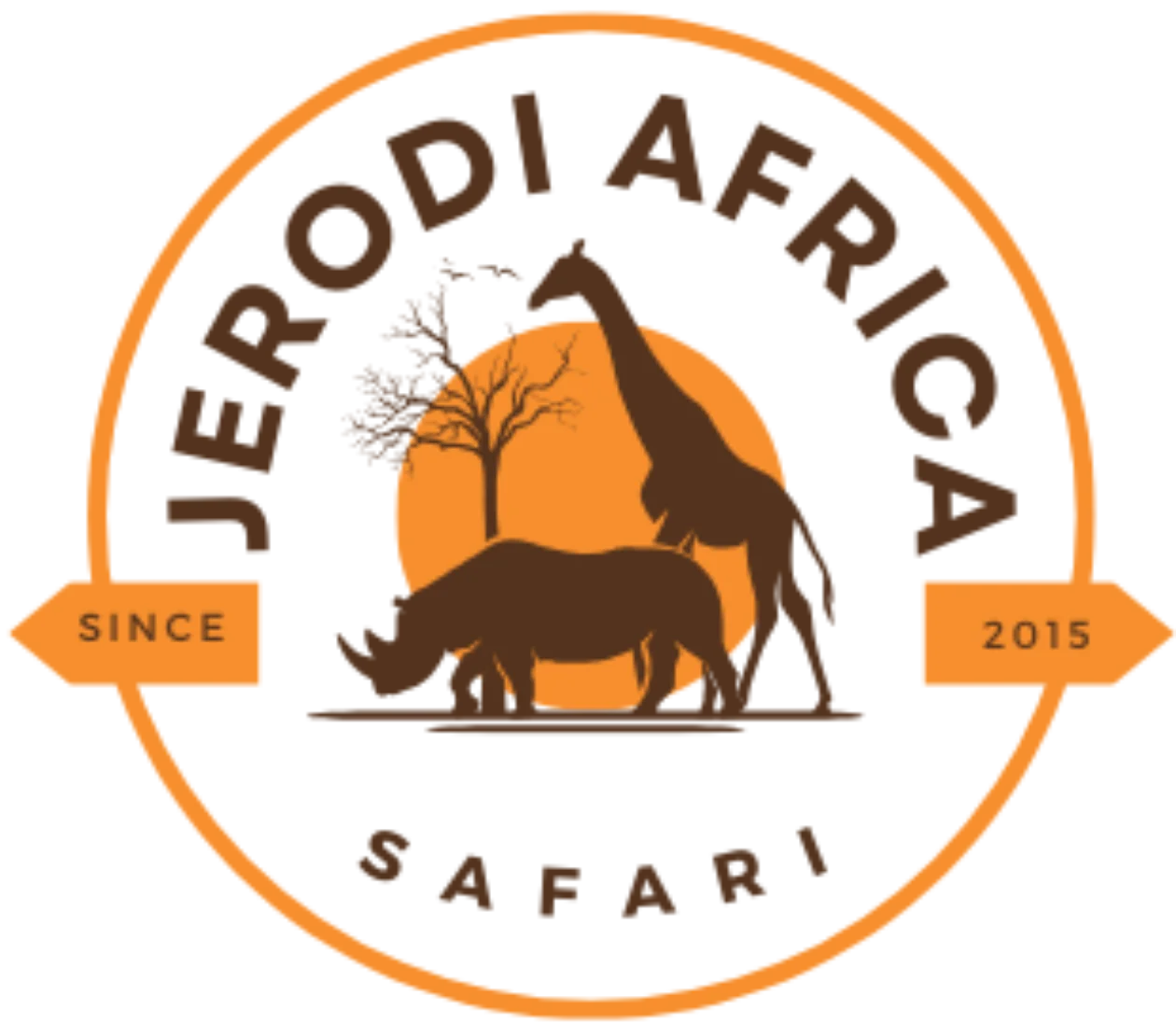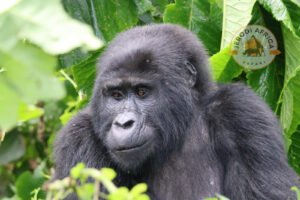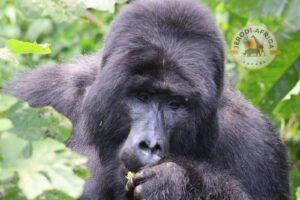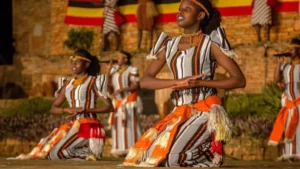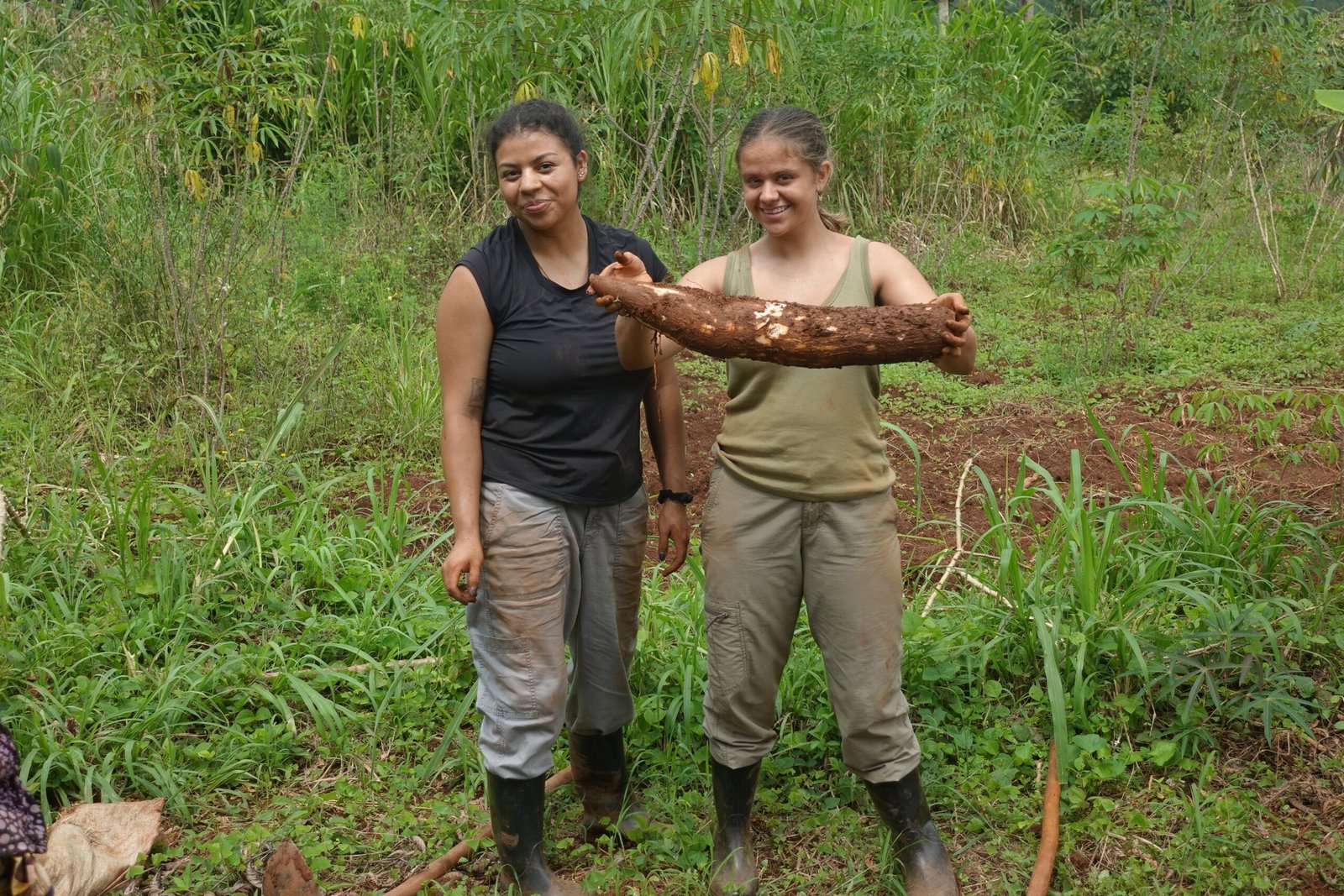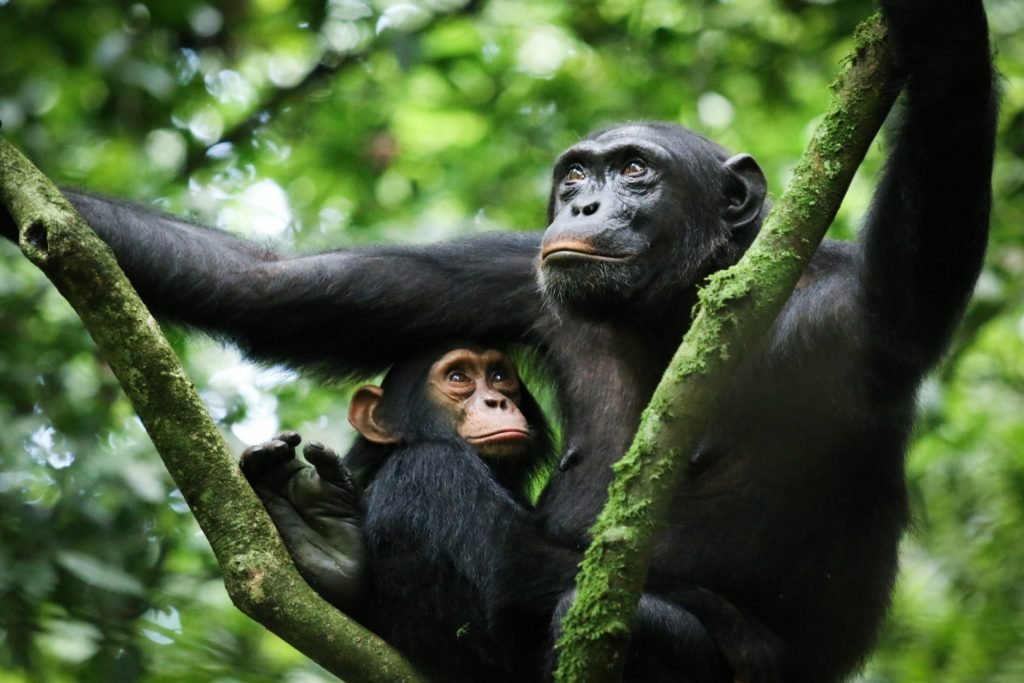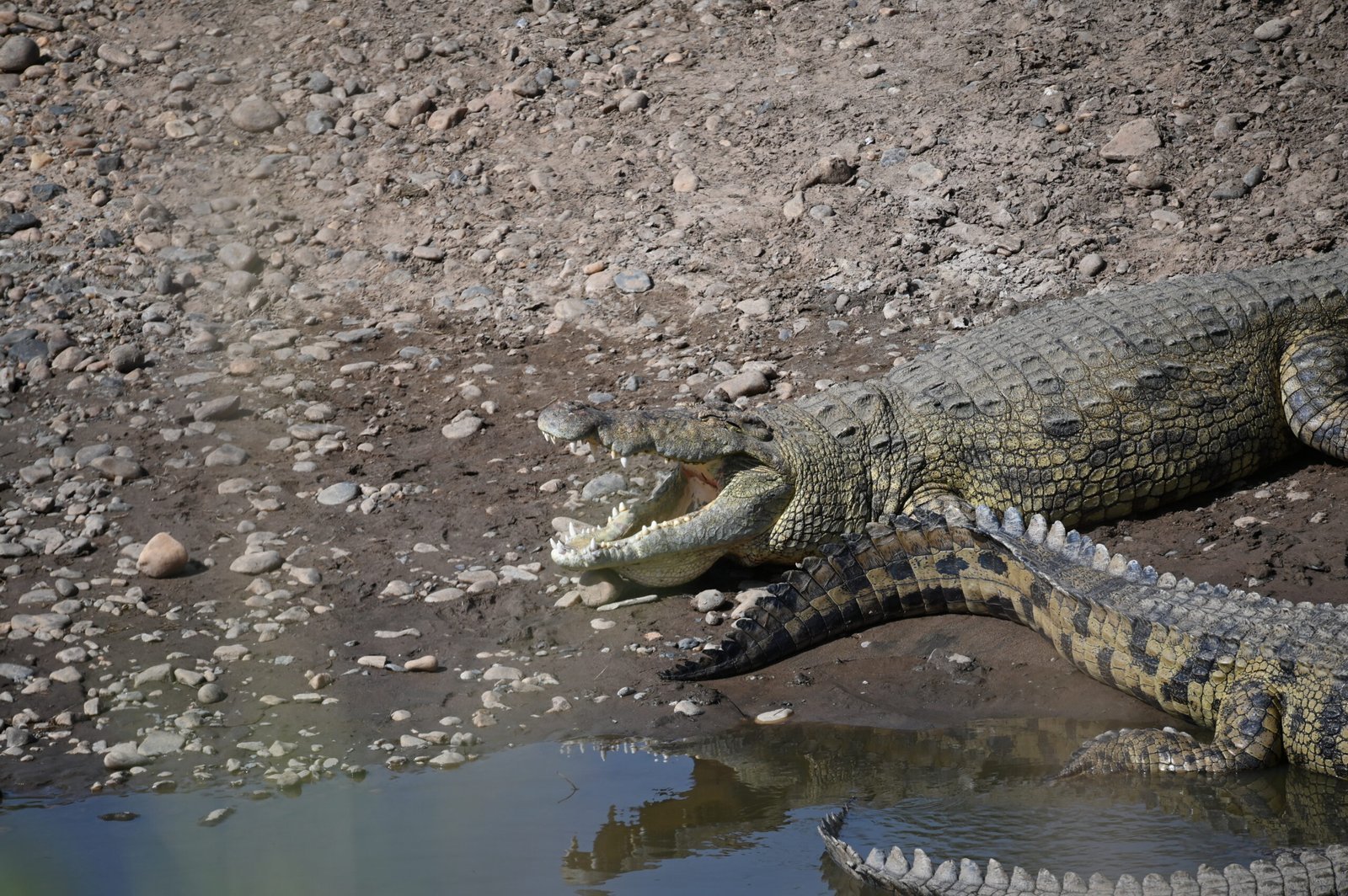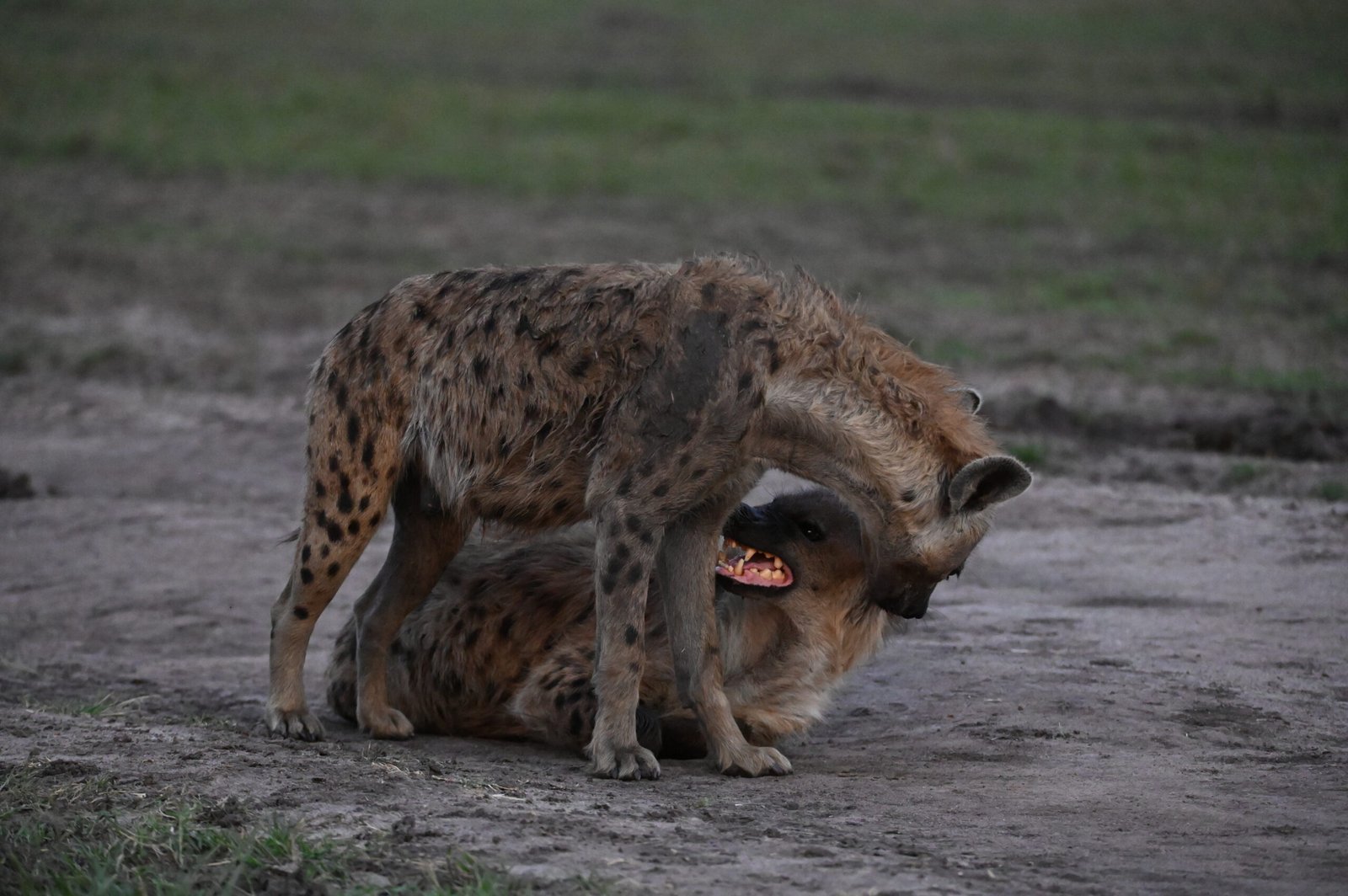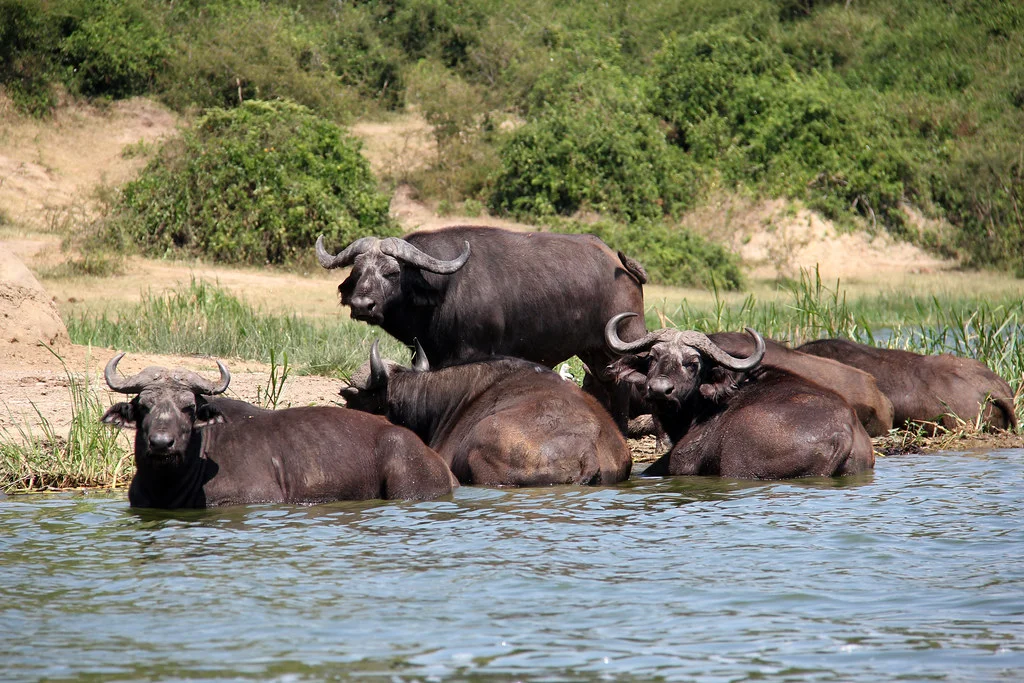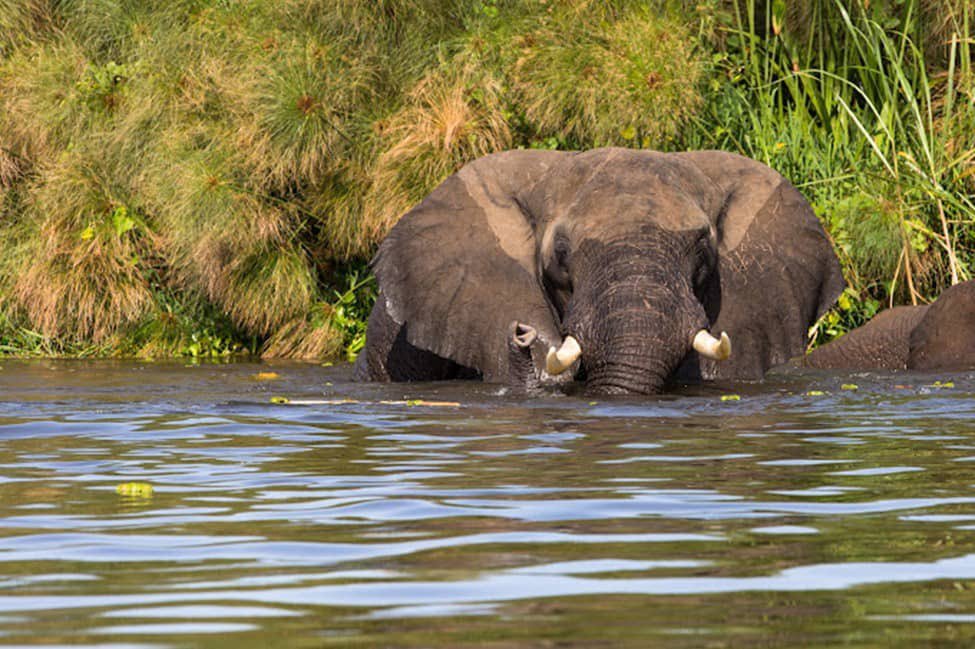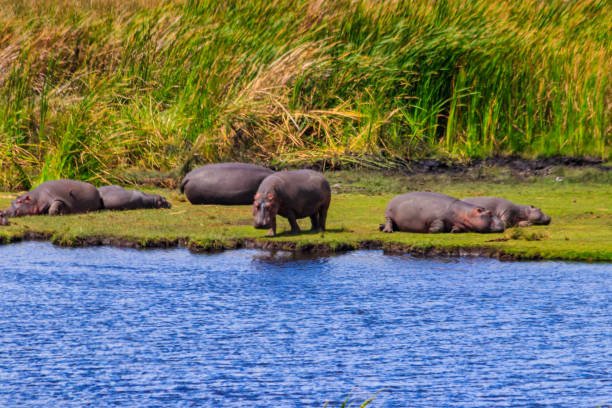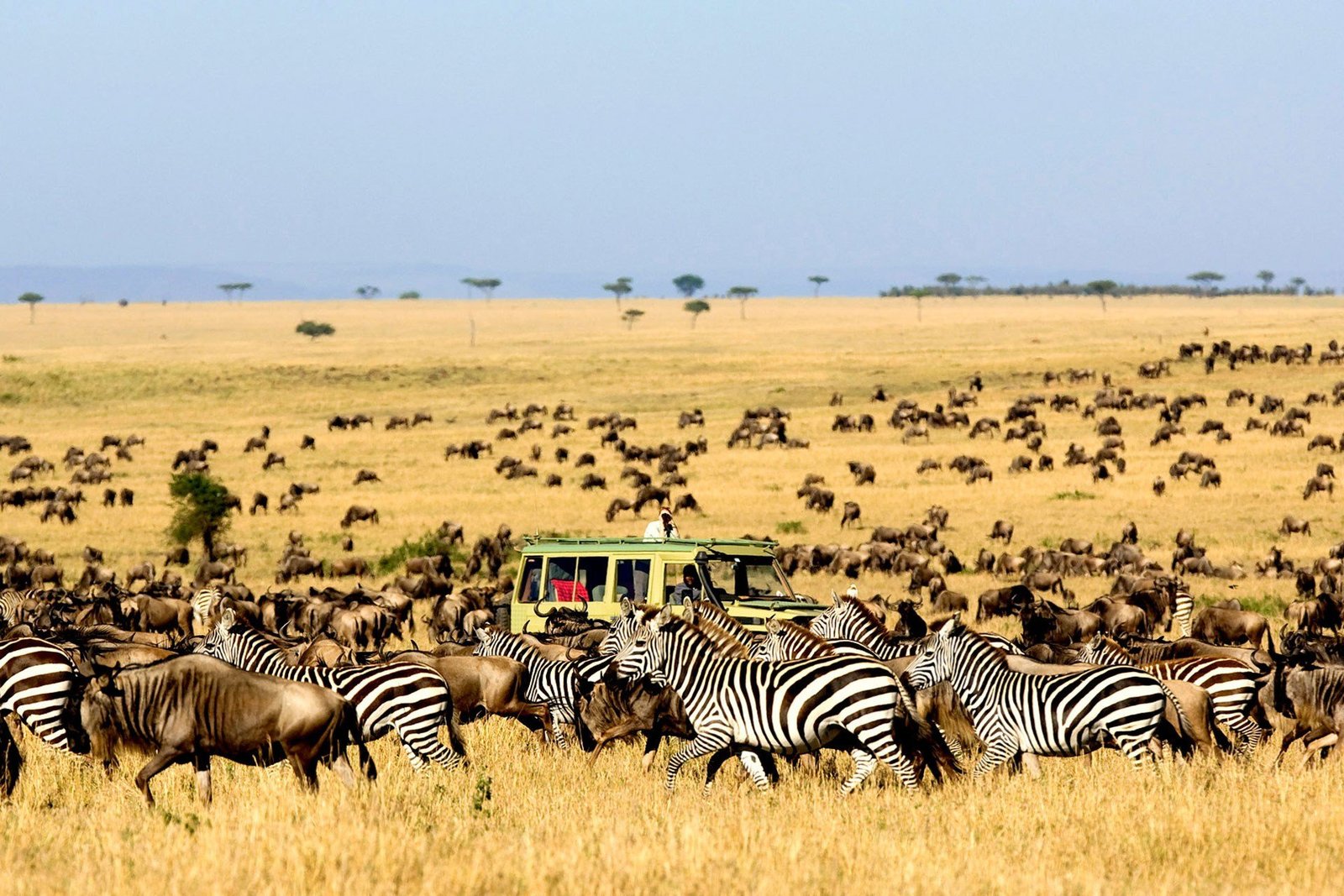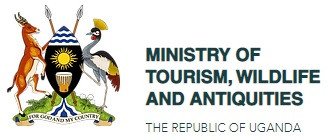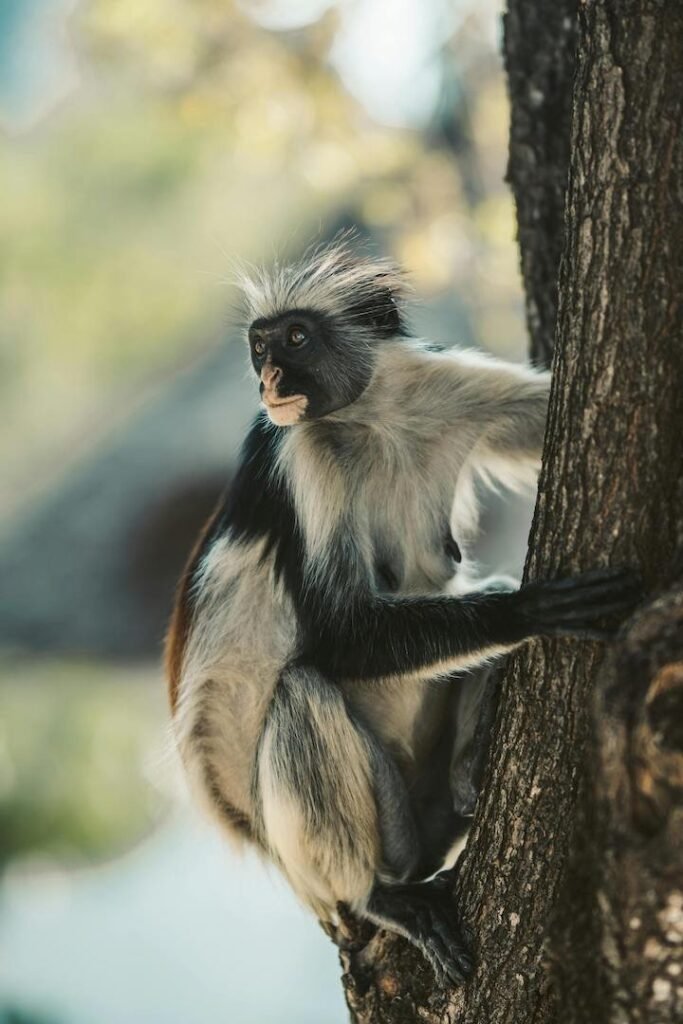
Monkeys in Uganda are a key highlight for wildlife lovers exploring the Pearl of Africa. With over 20 monkey species across Uganda’s national parks, forests, and savannas, the country offers unmatched opportunities to observe these playful and intelligent primates in their natural habitats. Whether you’re hiking through Bwindi Impenetrable Forest or cruising the canopy trails of Kibale, you’ll encounter an astonishing range of monkeys—each with its own traits, behaviors, and ecological roles.
In this guide, you’ll learn everything about the monkeys in Uganda, including their species, breeding season, gestation periods, population status, physical features, and where to see them. We’ll also offer practical tips and link you to more primate safari insights.
Monkey Species Found in Uganda
Uganda is home to over 20 monkey species. In addition, they inhabit tropical forests, savannas, and mountain regions. For example, some of the most popular include:
1. Black-and-White Colobus (Colobus guereza)
These arboreal primates are known for their striking black fur with long white fringes and tails. They live in social groups and feed on leaves, fruits, and flowers.
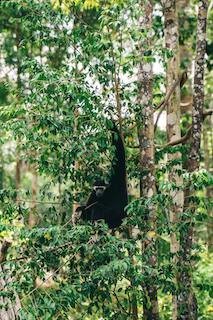
2. Red-Tailed Monkey (Cercopithecus ascanius) in Uganda
Recognized by their red tails and white cheek patches, these monkeys are agile and often seen leaping through the canopy.
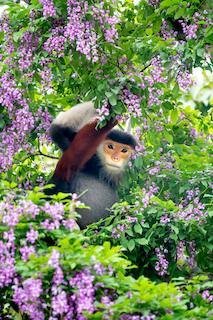
3. Vervet Monkey (Chlorocebus pygerythrus)
Commonly spotted across Uganda, these grey-furred monkeys have a black face and are highly adaptable to both forested and savanna environments.
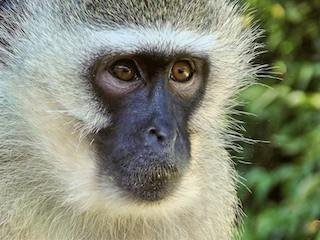
4. Blue Monkey (Cercopithecus mitis)
Also called diademed monkeys, they have bluish-grey fur and are mostly found in forests in western Uganda.
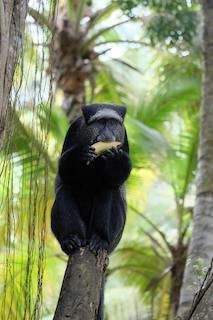
5. L’Hoest’s Monkey (Cercopithecus lhoesti) in Uganda National Park
Found mostly in montane forests like Bwindi, they are shy and have a distinctive white beard and dark coat.
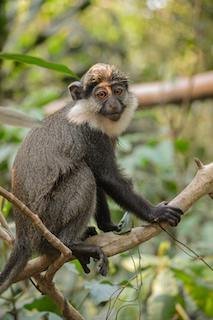
6. Patas Monkey (Erythrocebus patas) in Uganda
These ground-dwelling monkeys prefer open savannas and are the fastest primates on land, capable of sprinting at 55 km/h.
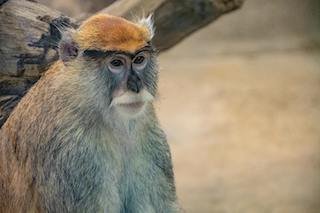
Other species include the De Brazza’s monkey, Olive baboons (Papio anubis), and lesser-known monkeys such as the Grey-cheeked mangabey.
Monkey Breeding Seasons and Gestation in Uganda
Monkeys in Uganda generally breed during specific seasons, influenced by food availability and environmental conditions.
- Breeding Season: Most species breed during the rainy seasons (March–May and September–November) when food is plentiful.
- Gestation Period: Typically ranges from 160–180 days depending on the species. For instance, the vervet monkey has a gestation period of about 165 days, while colobus monkeys gestate for roughly 170 days.
Newborns usually arrive at the start of the dry season to improve survival rates due to favorable weather and food security.
Population and Conservation Status
While Uganda remains a stronghold for monkey diversity, populations vary:
- Vervet and red-tailed monkeys are widespread and listed as Least Concern.
- L’Hoest’s and blue monkeys are more localized, with Near Threatened conservation status due to habitat loss.
- Colobus monkeys, though still common, face pressure from deforestation and bushmeat hunting in some regions.
On the other hand, conservation efforts by the Uganda Wildlife Authority and international NGOs have helped stabilize populations in protected areas.
Physical Characteristics
Monkeys in Uganda exhibit a range of physical traits that reflect their ecological niches:
| Species | Size | Color | Distinct Features |
|---|---|---|---|
| Black-and-white colobus | 9–14 kg | Black with white fringes | Long white tail, no thumb |
| Vervet monkey | 3.5–8 kg | Grey with black face | Blue scrotum in males |
| Red-tailed monkey | 4–7 kg | Reddish tail, grey body | White nose and cheeks |
| L’Hoest’s monkey | 5–7 kg | Dark body, white beard | Short tail, shy demeanor |
These adaptations help them thrive in specific environments—from dense rainforests to savanna woodland edges.
Where to See Monkeys in Uganda National Parks
Monkeys are found in nearly every national park in Uganda, but some offer better viewing opportunities due to forest density, primate-specific trails, and conservation efforts.
Best National Parks for Monkey Viewing:
1. Kibale National Park
Often dubbed the “primate capital of the world”, Kibale has 13 primate species. For instance, the colobus monkey is commonly seen in Kibale Forest. Moreover, it is recognized by its long white tail.
2. Bwindi Impenetrable National Park
Famous for mountain gorillas, Bwindi also hosts L’Hoest’s, red-tailed, and blue monkeys.
3. Queen Elizabeth National Park
Home to baboons and vervet monkeys, especially along the Mweya Peninsula and Kazinga Channel.
4. Mgahinga Gorilla National Park
Besides golden monkeys, it shelters blue and red-tailed monkeys in its montane forest belt.
5. Murchison Falls National Park
You’ll likely see olive baboons and vervet monkeys along the drive routes and riverbanks.
6. Semuliki National Park
A hotspot for De Brazza’s monkeys and other rare species due to its Congo-basin forest type.
How to Spot Monkeys in Uganda Safely and Ethically
To observe monkeys in Uganda, opt for one of the following experiences:
- Primate Walks: Available in Kibale, Bwindi, and Semuliki—led by trained guides.
- Forest Hikes: Trekking in parks like Mgahinga reveals multiple species along the trail.
- Game Drives: While baboons and vervets are easy to spot on savanna game drives, other species need deeper forest excursions.
- Birding Tours: Many birding routes coincide with primate-rich habitats, offering added value.
To plan your trip, check our Uganda wildlife safari itineraries for personalized options.
Conservation Efforts and Ethical Watching
It’s crucial to support ethical and conservation-focused tourism. Stick to park rules, keep a safe distance, and avoid feeding monkeys.
You can also support organizations like the Jane Goodall Institute Uganda and Uganda Wildlife Authority (UWA) working to protect primates.
Fascinating Facts About Uganda’s Monkeys
- Communication: Many monkeys use over 20 distinct calls to warn of predators or maintain group cohesion.
- Social Structure: Most monkeys live in troops of 10–40 individuals led by a dominant male.
- Tool Use: Vervet monkeys have been observed using sticks to dig or throw at threats.
Final Thoughts
Monkeys in Uganda offer a delightful and educational wildlife experience. Moreover, from the deep forests of Kibale to the volcanic slopes of Mgahinga, you’ll find a primate encounter waiting for you. Furthermore, their diversity, behaviors, and beauty make Uganda a dream destination for wildlife lovers, conservationists, and photographers alike.
Therefore, by understanding their biology and knowing where to find them, you’ll enjoy a richer safari experience—and help protect these amazing creatures for future generations.
Related Articles:
